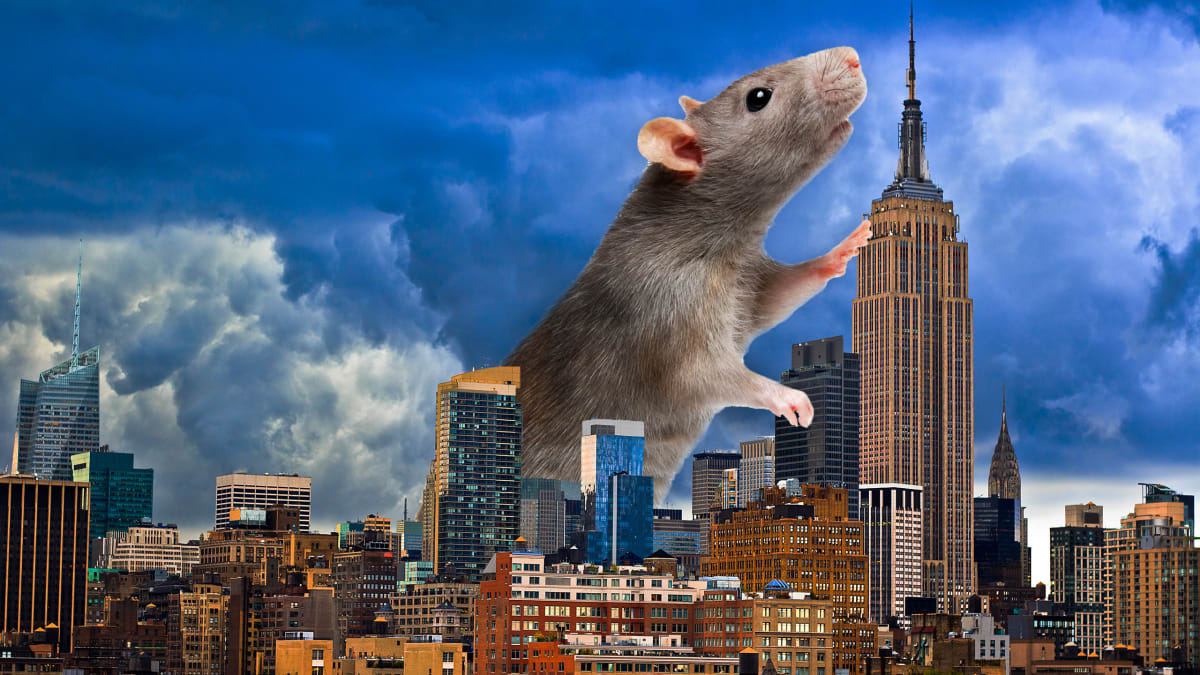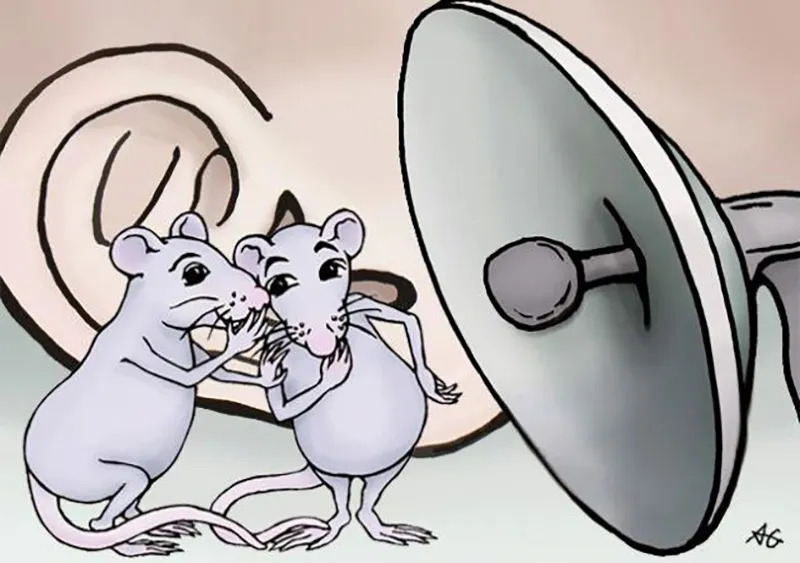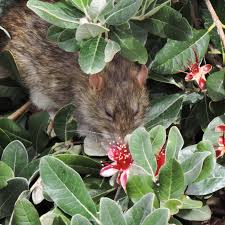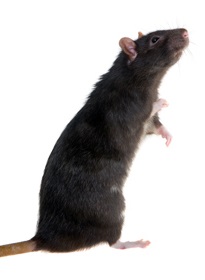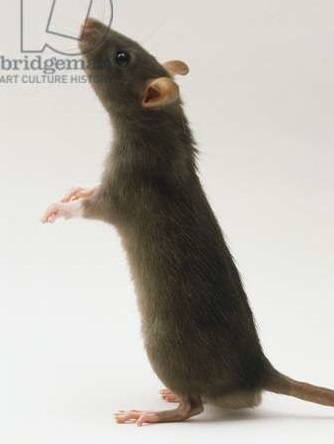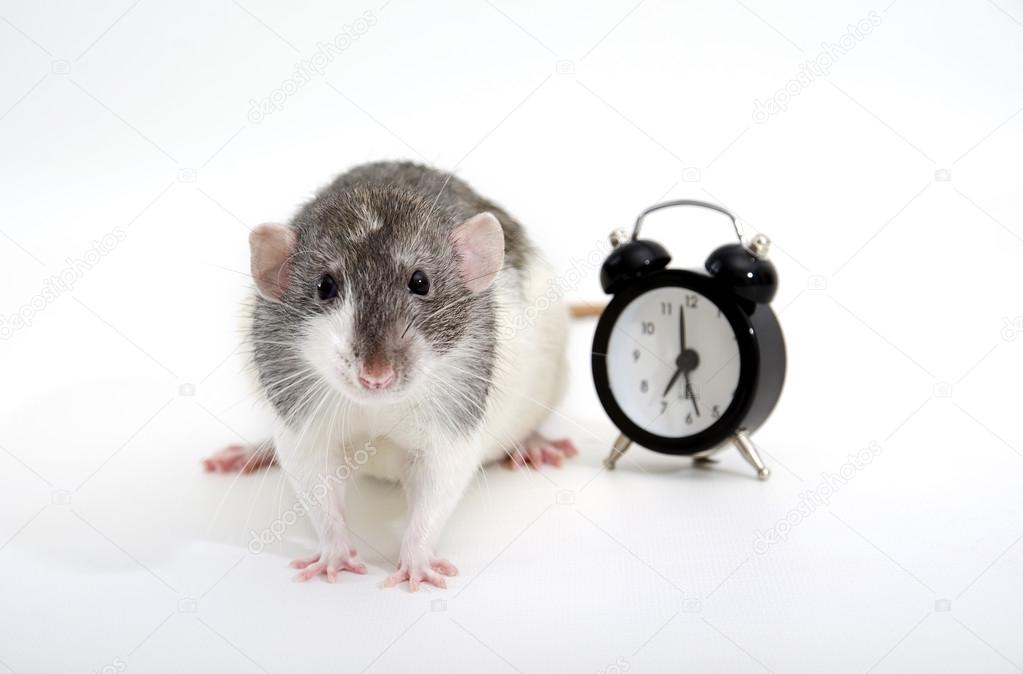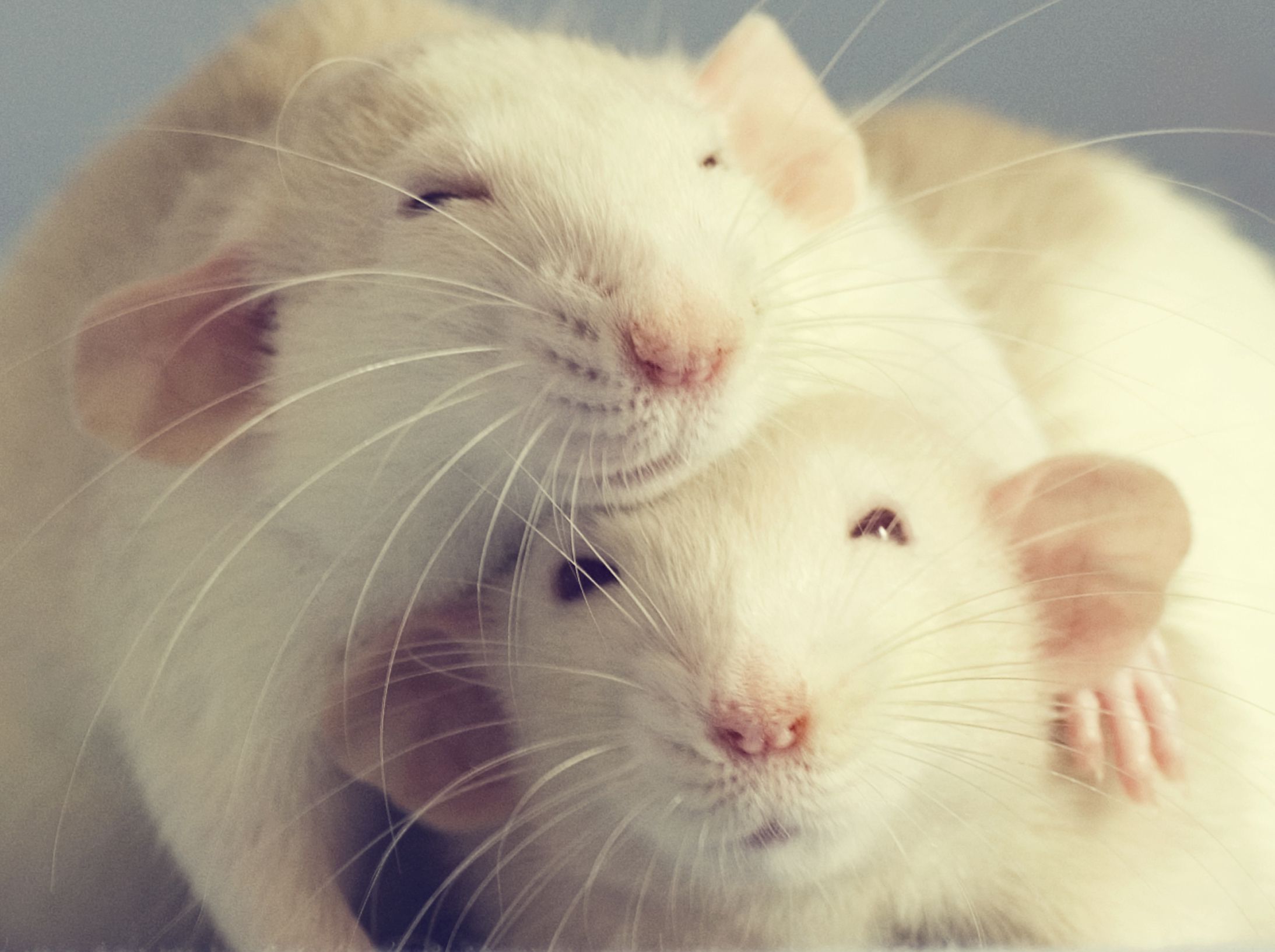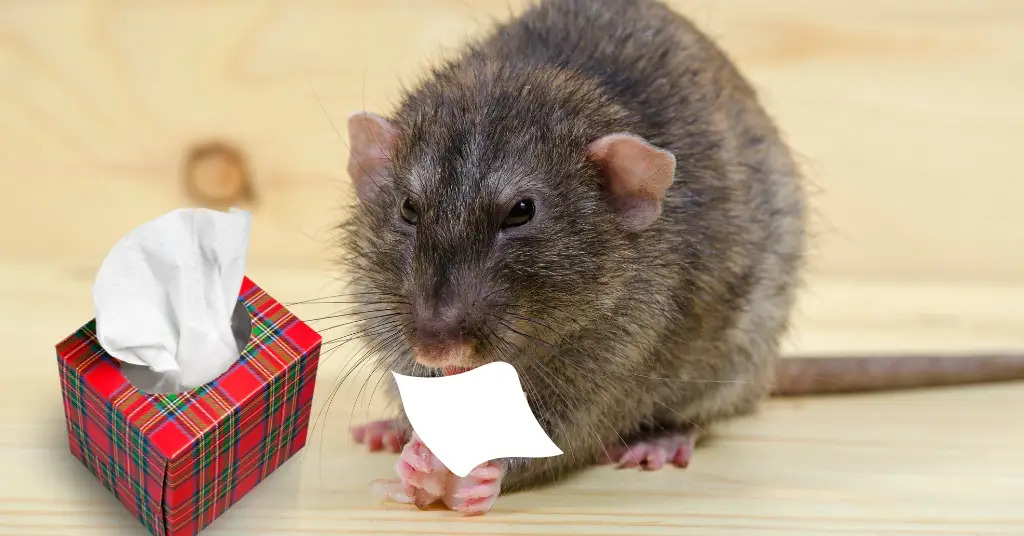Social Structure and Behavior:
Wild rats exhibit a hierarchical social structure within their colonies or groups. This social organization is characterized by dominant individuals that assert control over subordinate members through aggressive interactions and scent marking. Communication among rats is facilitated through a combination of vocalizations, ultrasonic vocal signals, and body language, allowing for coordination within the group.

Nocturnal Behavior:
Wild rats are primarily nocturnal creatures, displaying heightened activity during the night and retreating to their nests or burrows during daylight hours. This behavioral adaptation serves multiple purposes, including avoiding predators and taking advantage of food resources during periods of reduced human activity.

Foraging Strategies and Diet:
Wild rats are opportunistic omnivores, exhibiting a broad dietary range. They possess a remarkable ability to adapt their feeding behavior to exploit available food sources in their environment. Their diet includes plant matter, seeds, grains, fruits, insects, small vertebrates, and even discarded human food. This dietary flexibility contributes to their successful colonization of diverse habitats.
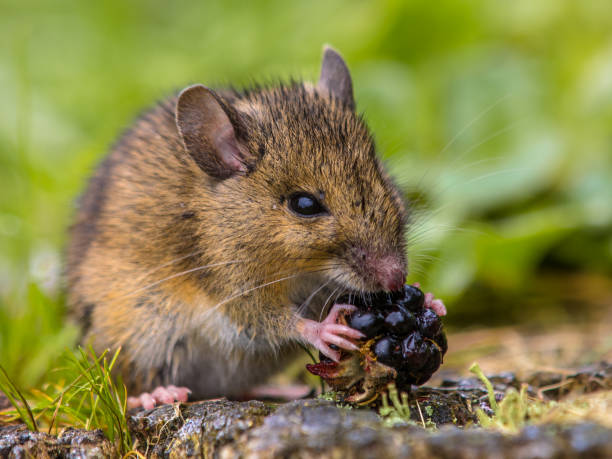
Nesting and Burrowing:
Wild rats construct nests and burrows for shelter, reproduction, and protection. Nests are carefully constructed using a combination of natural materials such as twigs, leaves, and grass. Burrows serve as secure retreats and provide a conducive environment for breeding, resting, and food storage. The burrowing behavior of wild rats can significantly influence soil composition, structure, and nutrient cycling in their habitats.
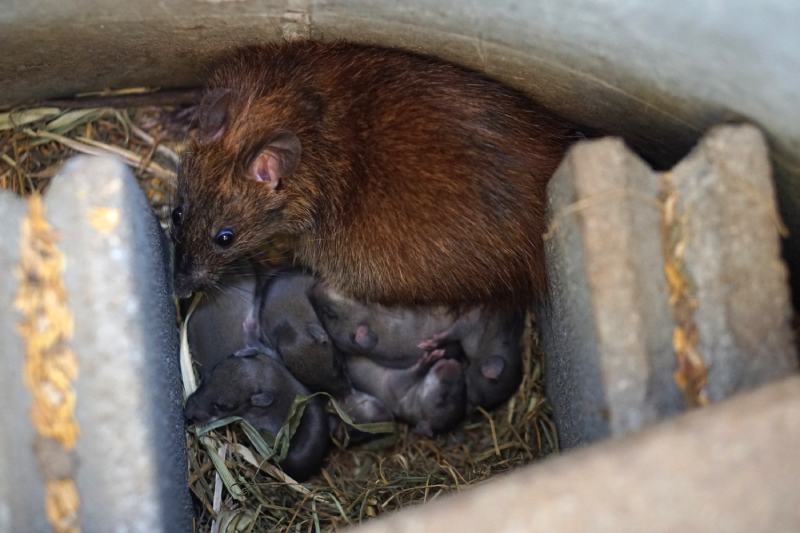
Research and Conservation:
From an academic perspective, studying wild rats is crucial for understanding their ecological roles, population dynamics, and potential impacts on ecosystems. Research efforts aim to elucidate their interactions with other species, disease transmission dynamics, and the development of effective pest management strategies to mitigate potential negative consequences.
Conservation efforts for wild rats aim to sustainably manage their populations, minimize negative impacts on ecosystems and humans, and promote coexistence. Strategies include habitat conservation, public awareness campaigns and disease monitoring, ensuring the preservation of their ecological roles while protecting ecosystem integrity.





